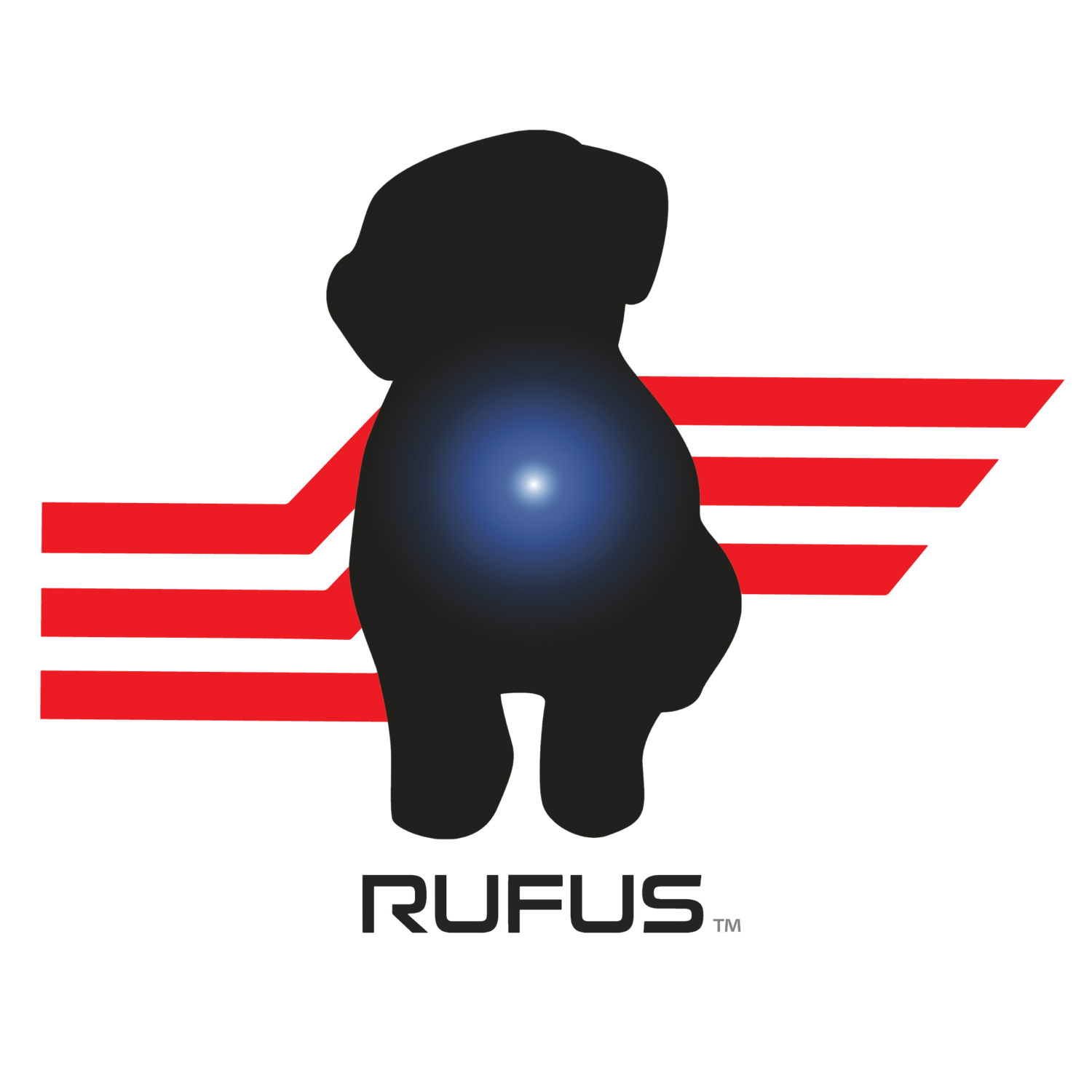3 Ways 3PLs Can Succeed During Unprecedented Labor Shortages
For the past two years, businesses around the globe have experienced record-high turnover.
According to federal data, last year alone, over 50 million U.S. workers gave notice in 2022 — the highest number since the government started tracking in 2000. Employees have left their posts for a range of reasons: better pay, abundant job opportunities, flexibility and new priorities – driven by the pandemic.
The historic resignation wave could soon ease slightly. In March, the number of workers leaving their jobs decreased to around 3.9 million, the lowest level since May 2021, according to U.S. Bureau of Labor Statistics. While this is good news for certain businesses, companies with a younger workforce could soon see another wave of quits coming. After starting their careers in challenging hybrid or remote environments during the pandemic, Gen Z employees are ready to seek greener pastures.
A recent LinkedIn survey revealed that 72 percent of Gen Zers and 66 percent of millennials are considering a career change at some point over the coming year — compared to 55% of Gen Xers and 30% of baby boomers.
According to a multiyear Future of Work: The Global Talent Crunch series, experts expect a talent shortage of over 85 million people worldwide by the year 2030 — which could cost businesses $8.5 billion in unrealized annual revenues.
Recent research shows that 73 percent of buyers say customer service is an important part of their decision to purchase, so many third-party logistics providers (3PLs) consider courting new customers as their top priority. With the current and coming labor shortages, this goal could prove challenging without the necessary staff.
Here, we'll look at three key ways 3PLs can overcome hiring and retention challenges.
1. One and Done: Consolidate Warehouses
Over the years, it has become standard for companies to finance separate fulfillment channels for e-commerce and retail. With the rapid uptick in e-commerce, many companies have discovered that different warehouses, coupled with supply chain disruptions, often lead to inaccurate or extra inventory, causing increased costs.
By combining warehouses (and workflows), leading 3PLs have learned this strategy improves visibility and streamlines inventory processes, reducing costs in terms of duplicative inventory and paying for extra space. Additionally, this type of consolidation decreases staffing needs, along with challenges with retention and talent.
2. Attracting Talent: Putting People First
For reasons previously mentioned, employees certainly have the upper hand in this tight labor market. Leading companies offer an array of benefits to attract and retain top talent — from competitive salaries to inventive incentives.
Randstad Employer Brand Research discovered that 62 percent of workers worldwide report salary and benefits as the top reason for switching jobs. A close second — at 58 percent — was work-life balance.
As record-high turnover continues — especially in-person work, like roles in shipping, factories, and distribution centers — 3PLs must look to not only boost pay, but provide ways to improve employee well-being in the workplace.
A common challenge for hourly workers is lack of schedule flexibility. Many companies have incorporated tools like Veryable’s on-demand labor marketplace into their operations to access a new segment of the workforce while bringing instant agility to their operations. The on-demand labor model allows workers to work only on days that align with their availability and while providing companies the ability to scale their headcount to match demand in real-time. The instant ability to scale headcount reduces the need for forced overtime and can dramatically improve retention of full time employees.
3. Invest in Tech: Increase Automation, Reduce Friction
With the shortage in talent, rising labor costs, supply chain disruptions and other factors, the implementation of automation is crucial for 3PLs.
Technology investment is vital to keep pace with rising consumer demands. Not only does this help modernize your processes and workforce, employees are equipped with the technology they need to be as efficient and effective as possible. One of the largest limitations to 3PLs is their legacy stack of warehouse management system combined with aging barcode scanning technology. With outdated systems, 3PLs face obstacles that hinder growth and lack insights related to data accuracy, inventory, and labor.
“3PLs have the cumulative operations problems of every customer they serve. Technology continues to be the single best investment that 3PLs can make to drive consistency in execution. Automating predictable and low-variance tasks minimizes traditional Lean Wastes like Movement, Waiting, and Skills for their staff. Workers can focus on areas where their unique skills improve the process over simply keeping it moving.”
– Joe Henderson, Sr. Director of Technology Alliances, Deposco
This type of tech allows workers to produce at higher volumes, with increased accuracy and improved safety.
For instance, Rufus WorkHero offers a variety of enterprise devices, including ergonomic wearable barcode scanners, which improve productivity up to 50 percent by allowing employees to operate, hands-free.
WorkHero wearables come with Rufus Device Hub, allowing your IT team to control all devices from a central hub. These mobile device management (or MDM) solutions provide unparalleled insight into real-time device data, including: the GPS location of each device, battery life, user session data and more — providing a high level of transparency.
WorkHero also includes Rufus Intelligence, a productivity management software solution. This system enables visibility into employee performance and productivity. You can easily tap into data surrounding each worker’s scanning activity, the number of labor hours put toward different tasks, and activity levels throughout their shift. In a matter of months, you can lower your labor costs, maximize productivity, and highlight top-performing employees.
Are you ready to incorporate the technology you need for your company to stay competitive?
Rufus WorkHero provides wearable barcode scanners and rugged Android devices, a robust software dashboard suite for management, and support for one monthly subscription cost. No hidden fees, starting at just $99/worker
